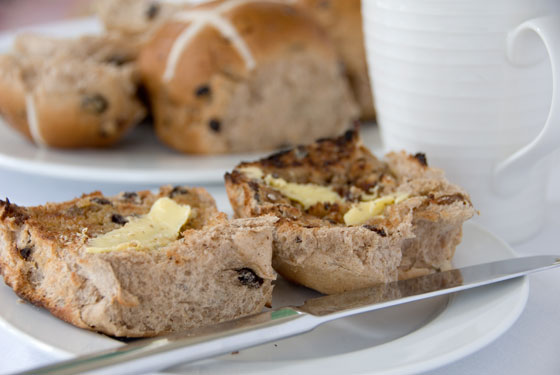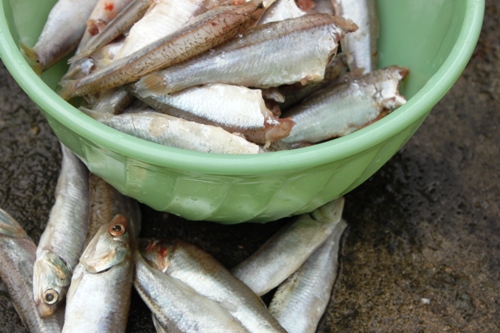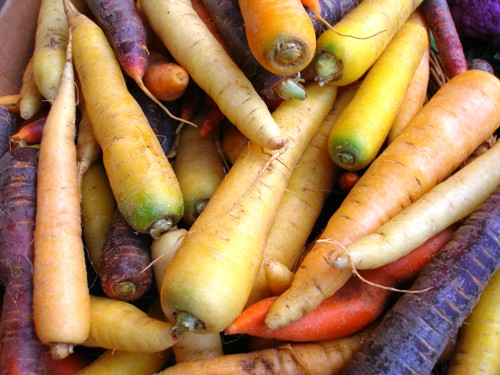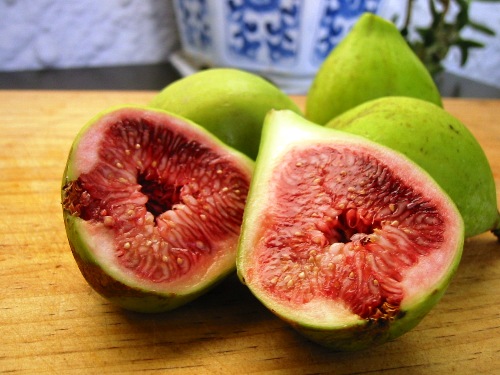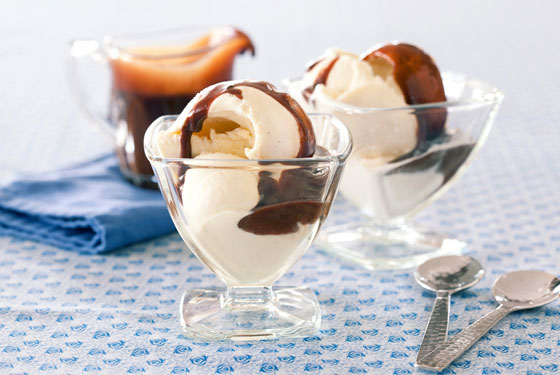
Ray Street
Just what is curry powder and garam masala?
Well, in their simplest forms, they are mixtures of spice seeds that have been roasted, crushed and then mixed with other spices to give a delicious blend of spices.
There are lots of different recipes for making curry powder and garam masala, and people have their own favourites. A curry powder recipe on the Curry Focus website has coriander seeds, cumin seeds, fennel seeds, cinnamon and cloves being dry roasted and then ground together, with the resultant powder being mixed with paprika, turmeric, chilli powder and garam masala (garam masala is something similar where spices such as coriander seeds, peppercorns, caraway seeds, cardamom seeds, cumin seeds, cloves, cinnamon, nutmeg and mace are roasted and then ground together).
You can make your own curry powder and garam masala or you can buy readymade (most supermarkets sell curry powders and garam masala and you can buy them from bulk bins in most good Indian stores and supermarkets). Making your own curry powder and garam masala can be a satisfying experience but the convenience of buying readymade cannot be overlooked.
Curry powder was originally made for the British who returned from India and wanted to continue to enjoy the spicy food tastes that they had enjoyed in India. Spices themselves were hard enough to buy in Britain so a readymade curry powder was ideal.
Of course, like a lot of British curry related products, you will hardly ever see curry powder and garam masala for sale in India. Cooks over there either make their own powders or just use the spices directly in their cooking. Most of my curry cookbooks have pictures of people pounding away using mortars and pestles to make their own powders.
There are wildly different opinions on whether or not you should use curry powder and garam masala. Some purists say that you should make your own spice blends and the more radical purists say that you should just use the spices themselves. There are good arguments from all sides. For people who cannot, or can only barely, cook then readymade powders are fine. For those of us who can follow a recipe (like me) then I use whatever the recipe calls for (I am not a good enough cook to make up my own recipes). Most curry recipes that are on the Curry Focus website use individual spices but some do call for curry powder. And some recipes even use individual spices as well as garam masala.
For myself, I just follow the recipes and find out what tastes good. If the recipe gets me to roast spice seeds and then grind the seeds into a powder then I do it – it’s a lot easier now that I’ve bought a spice grinder instead of using a mortar and pestle.
My local spice store has a blend of curry powder and garam masala that I like so I buy these when I’m running low. I keep all of my spices in airtight jars and only buy enough for a few weeks so it is very rare that I have any that lose their flavour and go stale.
So now you have an idea of what curry powder and garam masala are all about. If you’re keen, you can buy some spice seeds and make your own curry powder and garam masala. But there’s nothing wrong with using readymade powders – really.
The important thing to remember is that curry powder and garam masala are blends of spices and are to be enjoyed.
Curry Focus
Great curry recipes and recipe reviews

